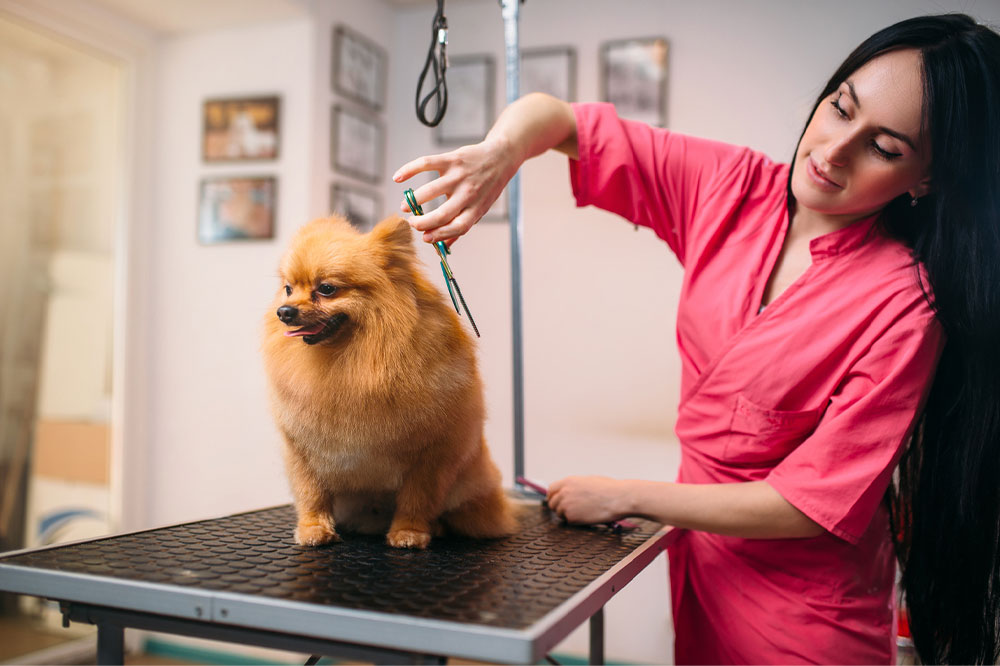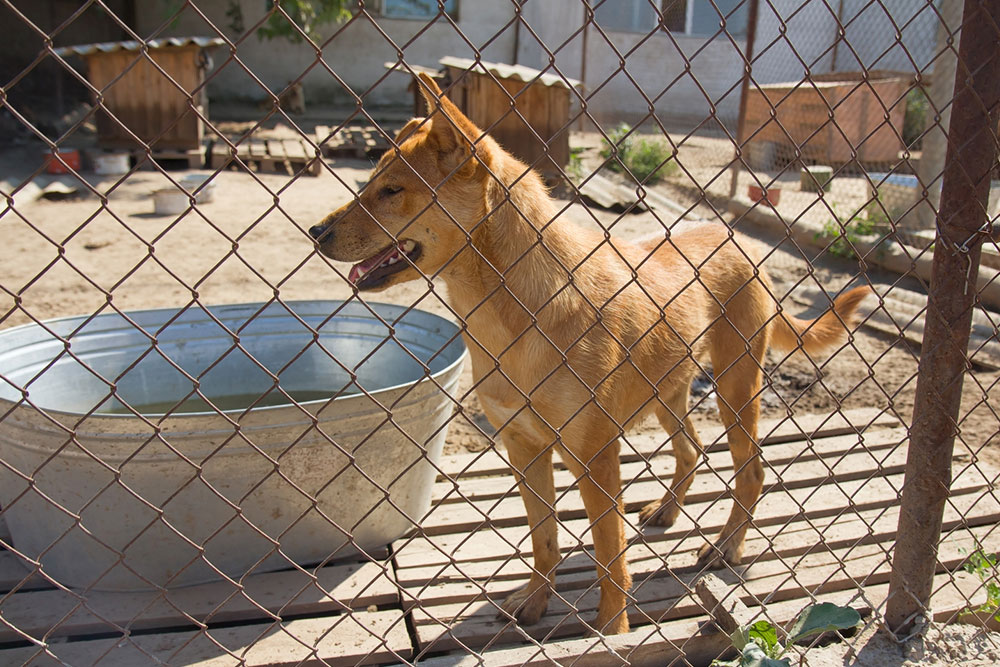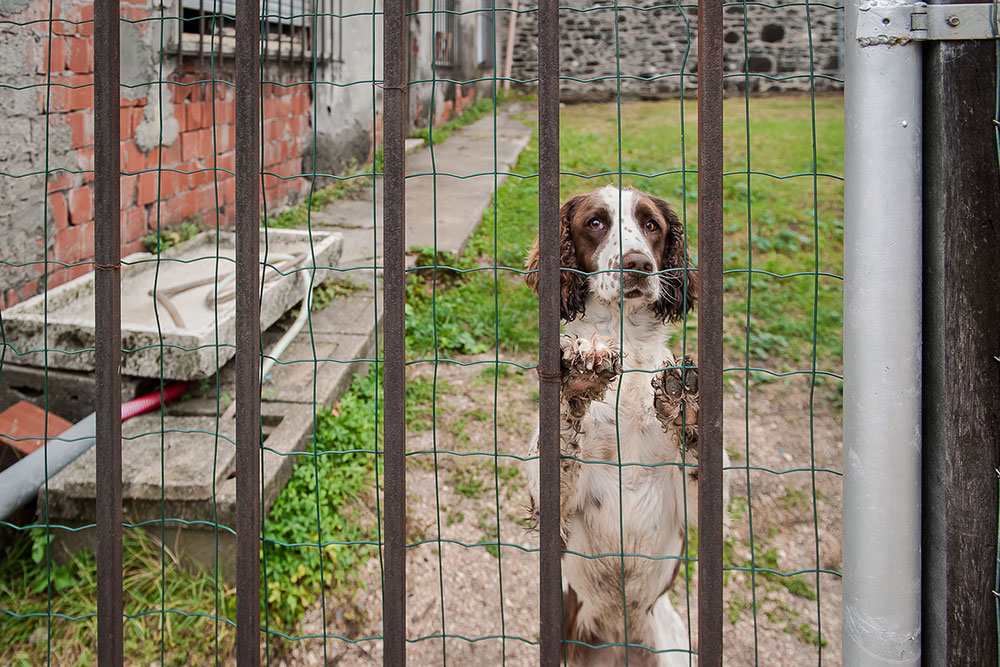Everything to know about dog grooming programs
Taking good care of a dog may seem like the easiest thing to do in the world, but one needs to be diligent and consistent with their grooming efforts. Fortunately, dog grooming can be learned and is a viable and well-paying profession. Undergoing training for professional dog grooming can help people learn everything about always keeping dogs healthy and happy. Here are some key details about professional dog grooming programs: What is dog grooming training programs? Dog grooming courses are learning programs in which professional trainers teach learners everything about taking good care of a dog. For instance, the training involves sessions on brushing, bathing, and drying dogs. Apart from that, one also learns how to trim or clip dog hair and nails with clean and sanitized brushes and blades. Learners are taught to clean a dog’s ears and other body parts and check for signs of illness. Other things, such as which natural products and daily techniques to use to keep a dog’s skin healthy, are also covered in these programs. Some dog breeds need to be given baths once every 4 to 6 weeks. Certain dogs need to have their hair cut once every 8 to 12 weeks.
Read More 








